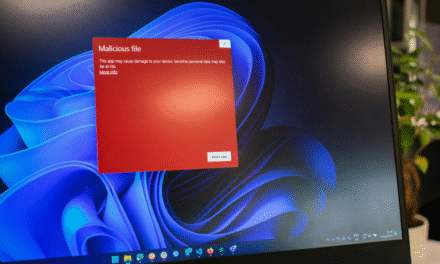The role of threat intelligence is to provide the context, relevance, and predictive insight that organizations need to move from a reactive to a proactive security posture. It is the discipline of transforming raw, global data about cyber threats into tailored, actionable intelligence that can be used to make faster and more effective security decisions.
As of August 30, 2025, for any modern organization, from a bank in Karachi to a government agency here in Rawalpindi, simply waiting for security alarms to go off is a failed strategy. Cyber Threat Intelligence (CTI) is the essential function that allows defenders to understand their enemy—who they are, what they want, and how they operate—before an attack even begins.
The Threat Intelligence Lifecycle: From Raw Data to Actionable Insight
Threat intelligence is not just a data feed; it is a structured, continuous process, often referred to as the “intelligence lifecycle.”
- Planning and Direction: The process begins with defining the goals. What are our most critical assets? Who are our likely adversaries (e.g., financially motivated criminals, state-sponsored groups)? What are the key intelligence questions we need to answer?
- Collection: Raw data is gathered from a wide variety of sources, including technical feeds of malicious IP addresses, information from Dark Web forums, and open-source intelligence (OSINT) from security blogs and news reports.
- Processing: The collected raw data is formatted, translated, and organized to prepare it for analysis.
- Analysis: This is the most critical stage, where human analysts, often aided by AI, transform the data into intelligence. They look for patterns, assess the credibility of sources, and provide context. They answer the crucial question: “What does this data mean for our organization?”
- Dissemination: The finished intelligence is delivered to the relevant stakeholders in a clear and understandable format.
- Feedback: Stakeholders provide feedback, which helps to refine the next intelligence cycle.
The Three Levels of Intelligence: A Tailored Defense
Threat intelligence is not a one-size-fits-all product. It is tailored to different audiences within an organization to inform different types of decisions.
1. Strategic Threat Intelligence
- Audience: Executive leadership (CEO, Board of Directors).
- Content: High-level analysis of the overall threat landscape and its potential business impact. It answers questions like, “Which threat actor groups are targeting the Pakistani banking sector?”
- Purpose: To inform high-level strategy, risk management decisions, and security budget allocation.
2. Operational Threat Intelligence
- Audience: Security managers and incident response teams.
- Content: Technical detail about the specific Tactics, Techniques, and Procedures (TTPs) used by adversaries. It focuses on the “how” of an attack.
- Purpose: To help defenders understand an adversary’s playbook and anticipate their next moves.
3. Tactical Threat Intelligence
- Audience: Security analysts and automated security systems (like firewalls and SIEMs).
- Content: This is the most technical level, consisting of specific Indicators of Compromise (IoCs), such as malicious IP addresses or file hashes of known malware.
- Purpose: To feed directly into security tools for real-time detection and blocking.
Putting Intelligence into Action: A Proactive Defense
A mature CTI program provides tangible benefits across the entire security operation.
- Informed Prevention: By understanding which vulnerabilities are being actively exploited by hackers targeting their industry, organizations can prioritize their patch management efforts.
- Faster Detection: By feeding IoCs directly into their SIEM, security teams can detect known threats with much higher speed and accuracy.
- Effective Response: During a breach, operational intelligence gives incident responders crucial context about the attacker they are facing, helping them to contain the threat more effectively.
- Strategic Alignment: Strategic intelligence ensures that cybersecurity is fully aligned with the broader business’s goals and risk appetite.





